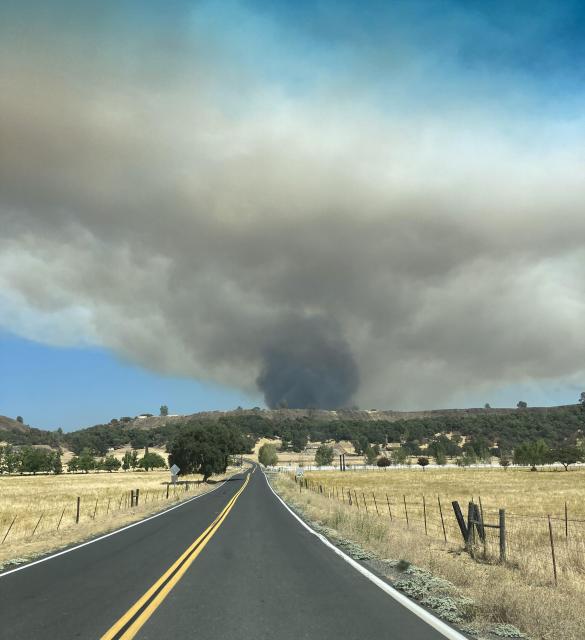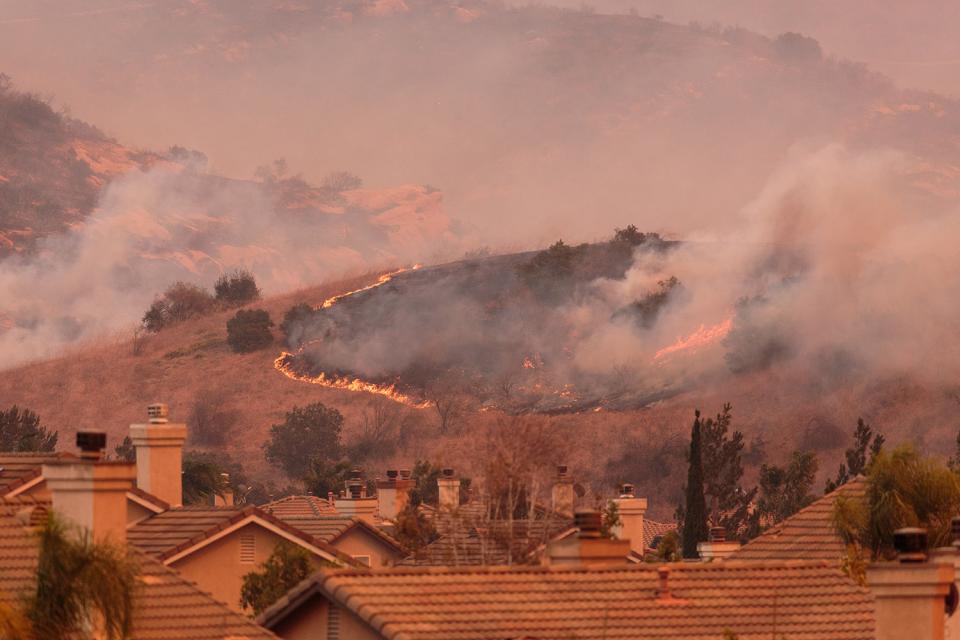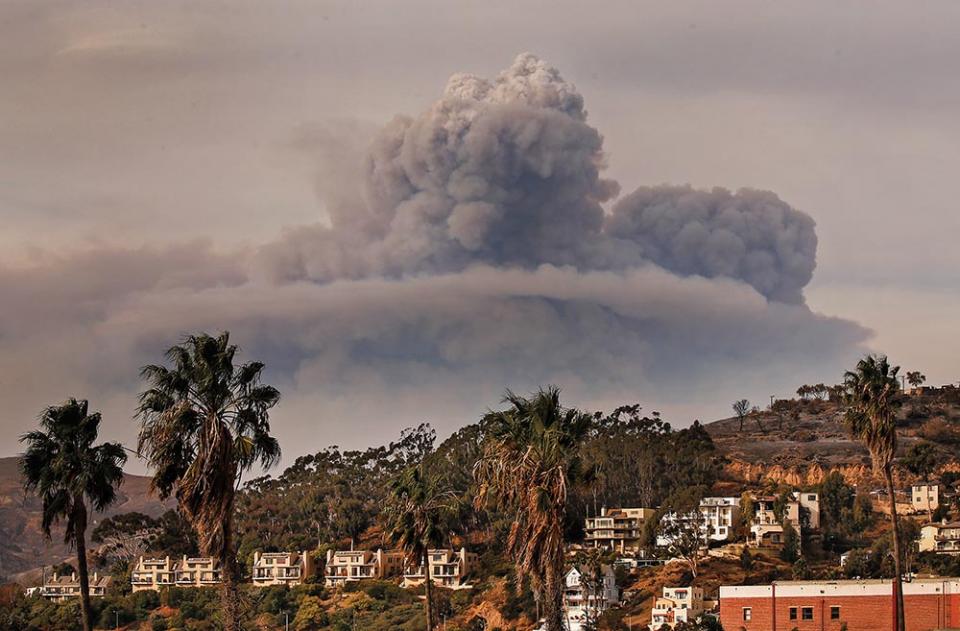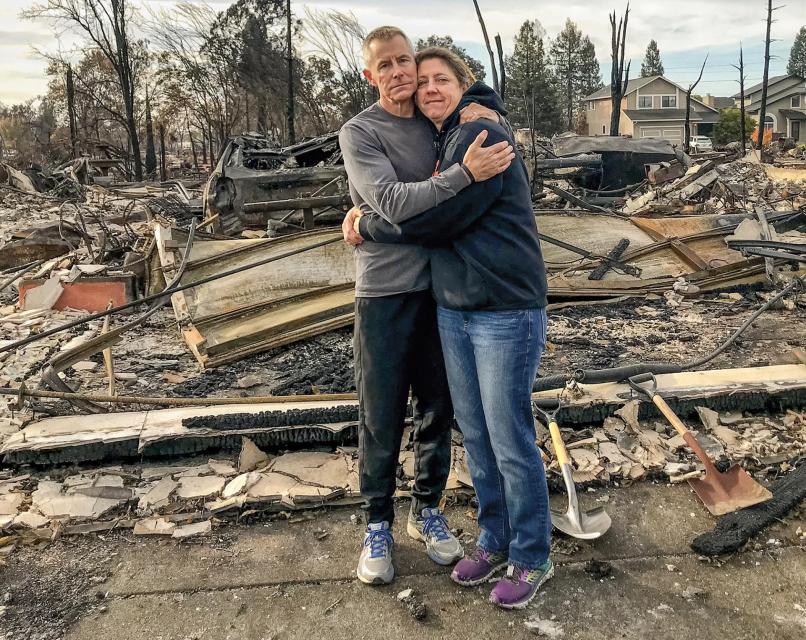With more and more wildfires due to climate change in what has essentially become a “wildfire season” in California, workers and families need to be equipped and ready. Below is helpful information about tracking air quality, ensuring worker safety in wildfire regions, and supporting families in need.
Air Quality
- EPA’s AirNow online calculator provides the U.S. government’s Air Quality Index in your area by entering your zip code. It is also available as an app for your mobile device.
- Purpleair.com is another useful resource, offering hyper-local air quality monitoring in many areas. PurpleAir is run by a private company and relies on sensors installed voluntarily on individual properties.
Staying Safe at Work
If you are in an area where outdoor air quality has been deemed unhealthy or greater by the local government agency, the California Department of Industrial Relations and Cal/OSHA offers this information about protecting outdoor workers and indoor workplaces from smoke caused by wildfires. The page can also be viewed in Spanish.
Information on Schools and Colleges
- For K-12 school districts, here are answers to frequently asked questions regarding wildfire recovery from the California Department of Education.
-
For the community colleges, members can review
this memo from chancellor’s office for answers to questions
related to the fire emergencies.
Community College Chancellor's Office Guidance on Emergencies
Wildfire Response Resources
In October 2019, California launched a new state website with tools and resources for Californians who have been impacted by wildfires and utility-directed power shutoffs.
- Response.ca,gov combines emergency response, recovery and resilience information into a single place for easy access by users. It is a one-stop portal that includes local and state resources for current incidents, transportation impacts, vital health services information, shelter and housing locations, unemployment assistance and other state information.
The website also directs users to Public Safety Power Shutoff information and preparedness tips. As incidents continue to evolve, the portal will be updated to reflect the latest information and any additional resources the state may develop.
Supporting families
The families you serve may have unique needs and challenges leading up to, during, or in the wake of a natural disaster. These may be related to communication, preparation and evacuation for a pending disaster, and challenges in the aftermath of the disaster like securing relief, having to relocate, or post-traumatic stress.
Undocumented immigrant families can also be particularly vulnerable during or after natural disasters due to a number of factors — including reluctance to evacuate for fear of coming into contact with law enforcement and fear of signing up for aid due to paperwork.
- Find resources for families and schools here on AFT’s Colorin’ Colorado.




